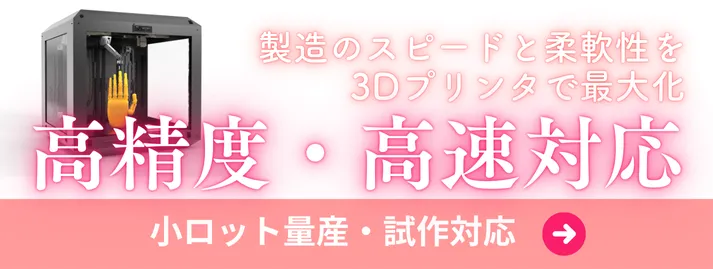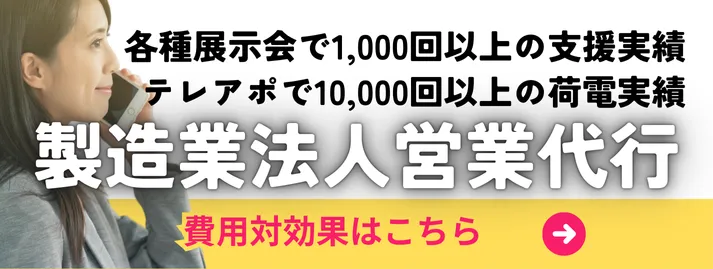- お役立ち記事
- The difference between Grinding and Buff Polishing
月間76,176名の
製造業ご担当者様が閲覧しています*
*2025年3月31日現在のGoogle Analyticsのデータより

The difference between Grinding and Buff Polishing

When it comes to finishing metals and other materials, two common techniques often come up – grinding and buff polishing.
These processes might seem similar because they both involve smoothing surfaces, but they are quite distinct in their applications and outcomes.
Understanding the difference between grinding and buff polishing can help you choose the right method for your project.
目次
What is Grinding?
Grinding is a process that uses an abrasive wheel to remove material from a workpiece.
This technique is typically used to shape objects, create a high degree of surface smoothness, or prepare a surface for further processing.
How Grinding Works
Grinding machines have a rotating wheel covered with abrasive grains.
When the wheel comes into contact with the workpiece, it removes tiny chips of material, shaping and refining the surface.
The grinding wheel’s abrasive grains continuously fracture and form new, sharp cutting edges, making grinding a highly effective material removal process.
Applications of Grinding
Grinding is used in various industries, from automotive to aerospace, and even in metalworking shops.
A few common applications include:
– Sharpening cutting tools
– Shaping metal parts
– Removing excess material from castings
– Making fine cuts in metals and other hard materials
– Smoothing welded joints
Advantages of Grinding
Grinding offers several benefits:
– High precision: It allows for the production of extremely accurate shapes and surface finishes.
– Versatility: It can handle a variety of materials, including metals, plastics, and ceramics.
– Efficiency: Grinding can remove material quickly and efficiently, especially with modern, high-speed grinding machines
What is Buff Polishing?
Buff polishing, often simply called buffing, is a finishing process that uses a soft, abrasive pad to smooth and shine a surface.
Unlike grinding, which removes material to shape an object, buff polishing focuses on enhancing the appearance and feel of a surface.
How Buff Polishing Works
Buff polishing involves using a rotating wheel or pad covered with a soft, abrasive compound.
These compounds are typically wax-based and contain fine abrasive particles.
As the pad rotates and comes into contact with the workpiece, it smooths the surface by removing minor scratches and imperfections.
Applications of Buff Polishing
Buff polishing is widely used in industries where appearance and surface smoothness are critical.
Common applications include:
– Polishing automotive parts
– Finishing jewelry
– Smoothing musical instruments
– Enhancing the shine of metals like aluminum, brass, and stainless steel
– Preparing surfaces for painting or coating
Advantages of Buff Polishing
Buff polishing offers numerous advantages:
– High shine: It creates a mirror-like finish that enhances the aesthetic appeal of the object.
– Surface protection: By smoothing the surface, buff polishing helps protect against corrosion and wear.
– Increased smoothness: It removes minor surface imperfections, leaving a smooth, tactile feel.
Key Differences Between Grinding and Buff Polishing
Understanding the key differences between grinding and buff polishing can help clarify which process is suitable for a specific task. Here are the primary distinctions:
Material Removal vs. Surface Finishing
Grinding is focused on material removal.
It shapes the workpiece, removes excess material, and achieves high precision in dimensions and surface finishes.
Buff polishing, on the other hand, is all about surface finishing.
It does not significantly change the shape or dimensions of the workpiece but instead enhances its appearance by removing minor surface imperfections and increasing shine.
Tools and Equipment
The tools and equipment used in grinding and buff polishing differ significantly.
Grinding requires abrasive wheels made from materials like aluminum oxide or silicon carbide.
These wheels are mounted on grinding machines capable of high-speed rotations.
Buff polishing uses softer abrasive pads or wheels coated with polishing compounds.
These pads are mounted on buffing machines that operate at lower speeds compared to grinding machines.
Applications
As mentioned earlier, grinding is commonly used for shaping and precision finishing in industries like metalworking, automotive, and aerospace.
Buff polishing, however, is predominantly used for enhancing the appearance and smoothness of surfaces in industries such as jewelry making, automotive detailing, and musical instrument finishing.
Choosing the Right Process
Choosing between grinding and buff polishing depends on your specific needs and the desired outcome of your project.
When to Use Grinding
Consider using grinding if:
– You need to shape or resize a workpiece.
– The project requires high precision and fine surface finishes.
– You need to remove a significant amount of material efficiently.
– The workpiece is made of hard materials like metals, ceramics, or composites.
When to Use Buff Polishing
Buff polishing is the better choice if:
– The primary goal is to enhance the appearance of the workpiece.
– You need to achieve a high shine or mirror-like finish.
– The surface has minor imperfections that need smoothing.
– The workpiece is made of softer materials like aluminum, brass, or plastics.
Combining Both Processes
In many cases, grinding and buff polishing can be used in tandem to achieve the best results.
For instance, you might begin by grinding a metal object to achieve the desired shape and precision.
After that, you can use buff polishing to enhance the surface’s smoothness and shine.
Conclusion
Grinding and buff polishing are both essential processes in the world of material finishing.
Understanding the differences between them can help you choose the right method for your project.
Whether you need precise shaping and material removal through grinding or an aesthetically pleasing, smooth finish through buff polishing, knowing when and how to use each process will ensure optimal results.
 資料ダウンロード
資料ダウンロード
QCD管理受発注クラウド「newji」は、受発注部門で必要なQCD管理全てを備えた、現場特化型兼クラウド型の今世紀最高の受発注管理システムとなります。
 ユーザー登録
ユーザー登録
受発注業務の効率化だけでなく、システムを導入することで、コスト削減や製品・資材のステータス可視化のほか、属人化していた受発注情報の共有化による内部不正防止や統制にも役立ちます。
 NEWJI DX
NEWJI DX
製造業に特化したデジタルトランスフォーメーション(DX)の実現を目指す請負開発型のコンサルティングサービスです。AI、iPaaS、および先端の技術を駆使して、製造プロセスの効率化、業務効率化、チームワーク強化、コスト削減、品質向上を実現します。このサービスは、製造業の課題を深く理解し、それに対する最適なデジタルソリューションを提供することで、企業が持続的な成長とイノベーションを達成できるようサポートします。
 製造業ニュース解説
製造業ニュース解説
製造業、主に購買・調達部門にお勤めの方々に向けた情報を配信しております。
新任の方やベテランの方、管理職を対象とした幅広いコンテンツをご用意しております。
 お問い合わせ
お問い合わせ
コストダウンが利益に直結する術だと理解していても、なかなか前に進めることができない状況。そんな時は、newjiのコストダウン自動化機能で大きく利益貢献しよう!
(β版非公開)









